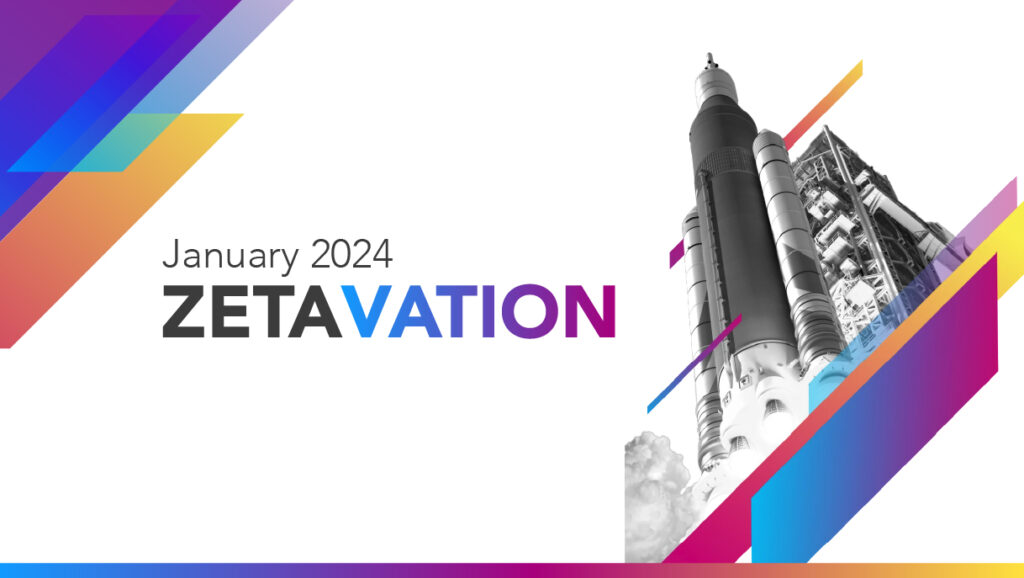
6 Compelling Reasons for Marketers to Use Mobile Push Notifications
Mobile marketing plays a crucial—even dominant—role in consumer engagement strategies today, and it’s especially important in the early stages of the customer lifecycle.
According to Marketing land, mobile devices represent 65% of all digital media interaction, and even if consumers are engaging with a brand via desktop, it’s likely that they will also engage via a mobile device, so it’s imperative that their experience is cohesive and seamless across all touchpoints.
In an effort to understand how leading eCommerce and media publishing companies interact with their customers on mobile devices, we undertook a little experiment. We downloaded their mobile apps, created new accounts, and used the apps for 15-20 minutes each. Then we sat back and waited to see what would happen next. After around two weeks, the biggest surprise was the relatively small number of communications our engagement triggered. However, when we looked at industry leaders, we saw a clear and aggressive mobile push communication strategy, with clear benefits in terms of consumer engagement, retention, and lifetime value.
Here are 6 key benefits of implementing a successful mobile push strategy:
1. Higher App Usage
An average mobile user has up to 119 apps on their phone and he or she interacts with over 93 websites on a daily basis. In such a competitive space, it’s easy to see why so many apps are forgotten or deleted. Mobile push notifications mitigate this issue by enabling app owners to provide relevant information, offers, and news to users, without requiring them to actively engage with an app.
According to Crazy Egg, marketers who used push notifications to engage with their users saw a 15X increase in app usage.
2.Higher Conversion Rates
The most significant advantage of Mobile Push notifications for most marketers is their ability to drive conversions. The reason they are so successful is that they can be personalized based on individual user behaviors and triggered by specific actions.
Mobile push notifications can dramatically increase conversion rates, and According to Crazy Egg, those rates jump even further (from 2-3% to 6%) when the notifications are personalized.
3.Real Time Updates
Push Notifications are pretty darn fast to deploy. The user receives them within seconds of a publisher hitting send or a trigger being tripped. Compared to email, they draw immediate attention and can be consumed in an instant. And like email, they provide the ability to instantly deep-link users to an app or site.
If you have, say, an online eCommerce event that ends today and you want to do a last minute push to drive customer engagement. Mobile push is a much more immediate option, and given our collective addiction to mobile devices, it all but guarantees your customers will not miss the event.
4.Send Critical Updates Instantaneously
Push notifications are ideal for real-time promotions, but they are also highly effective when users have to be notified of a critical situation like unauthorized account access. For example, every time you or someone else logs into your Google account, your mobile device (if you’re signed up with it) receives a push notification, notifying you that the account has been accessed from a particular new device.
Similarly, Facebook, Twitter, Amazon and other global leaders have recognized that protecting the privacy and security of their users is essential to their continued success, and all of them have implemented push (and SMS) systems that allow them to send critical notifications instantly, ensuring that users remain in control of their accounts.
5.Low Barrier to Entry
One of the greatest advantages of Mobile Push is its ability to re-engage with users without needing any sort of personal information from them. The user has provided that information through registration, so brands can (often, not always) bypass the need for logins or needing users to remember usernames/passwords before they can take action.
For example, with email marketing, we are required to prompt the user to enter some sort of personal Information (like email, name, phone number, etc) before we can communicate with them.
With push notifications, this becomes a simple Allow or Block prompt. This lowers the barrier to entry and also increases a user’s comfort level because they haven’t had to share personal information.
6. Rapid Optimization
Push notifications are minimal by design. You get about 110 characters, a single image, and a hyperlink, and that’s pretty much it. This brevity is a gift because it limits the number of variables. This enables marketers to rapidly and easily test and optimize their communications.
Compared to more complex mediums like email, you can quickly deploy experimental versions, A/B test them, and get clear data that will help you optimize your content, send time and frequency.
Have you started using Mobile Push Notifications?
Is push messaging part of your marketing mix? What benefits have you experienced? Have you discovered any drawbacks or best practices? How have your results compared to other channels? Share your thoughts and comments, and help us make the push experience even better for marketers like you.


